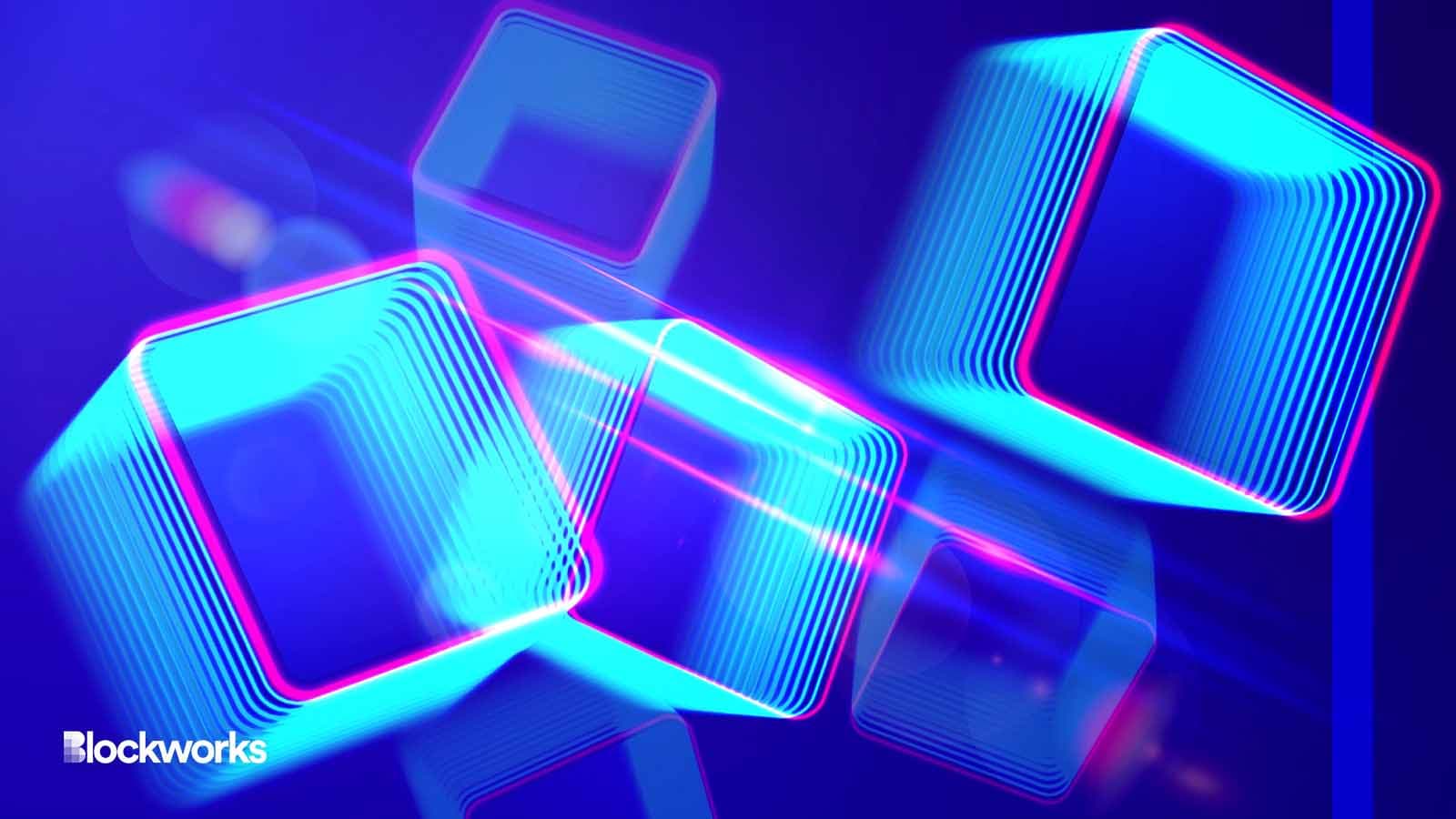The Future Is Light: Blockchain Goes Modular
Rather than just creating a single-purpose static object, the modular nature of building blocks allows for a world of infinite possibilities

Yuri Hoyda/Shutterstock modified by Blockworks
Anyone who has ever enjoyed playing with LEGO inherently understands the key advantage of modular systems.
Limited only by imagination, rearranging simple blocks transforms a car into an airplane… or a submarine… or a spaceship…or whatever you like.
Rather than just creating a single-purpose static object, the modular nature of building blocks allows for a world of infinite possibilities.
Solutions to blockchain technology’s current scaling limitations might be found in the same building block concept.
Nick White, chief operating officer at Celestia Labs, spoke to Blockworks on the 0xResearch podcast about the current scalability problem of blockchains: “Originally with Harmony, we were trying to solve that using sharding,” White says, “but I ended up realizing that sharding was not the right approach when I read this white paper called Lazy Ledger back in 2020.”
The paper, White explains, gave him a new vision for building blockchains “in a modular way,” which he suggests could solve the core problems of blockchain infrastructure and provide a foundation for building scalable and decentralized solutions.
Modular blockchain design allows for a much greater quantity of transactions to be verified, White says, “so you preserve the core value proposition of what a blockchain is while still being able to increase the capacity of the network.”
In a monolithic, one-size-fits-all blockchain, all transactions are packaged into a block and then committed to a new state of the chain, White explains. In the future, when billions of users are sending billions of transactions, this would require enormous quantities of data to be verified one by one by downloading the block, re-executing every transaction, and comparing it to the state of the block to which it commits. It’s pretty impractical on a large scale.
Modular blockchain systems break this into separate, more manageable tasks. Instead of re-executing and verifying every transaction individually, rollups, for example, can perform verifications with off-chain computations and simply prove they are correct.
“But…for that whole construction to be secure, you still have to know that the block data was available.” So instead of downloading all transactions on a monolithic chain, White says, “you just have to make sure that they’re there, that they were published on the internet.”
“Nodes can check that in a very, very light way.” Celestia’s modular solution, White says, allows the verification of block data by downloading less than 1% of the block.
A different approach to modularity
Andrew Levine, CEO of Koinos Group, explains that his company takes a different approach to the building block solution. “When we talk about modularity,” Levine says, “we mean more of the classical, computer science meaning.”
The Koinos node is highly modular, he explains, with all of the system logic of the blockchain such as the consensus algorithm, resource management and decentralized governance implemented as separate smart contracts. Each component can therefore be upgraded without the need for a hard fork.
“In other words,” Levine says, “the system is implemented as distinct modules each of which can be independently updated without impacting the overall system.”
In this case, the blockchain itself may technically be “monolithic” in nature because the ordering of transactions and execution are completed together, but it’s much easier to perform upgrades due to its modular design. This, Levine argues, delivers a general purpose layer-1 protocol that is easy to use and capable of scaling to the masses.
Looking ahead
Like an assembly of building blocks, modular blockchain networks will plug into data layers as part of one unified ecosystem, White says, with light nodes making the experience accessible and easy to use.
Looking ahead, White imagines everyone in the world with a smartphone will easily connect to a verifiable network of applications for payments, DeFi, or any other Web3 activities they desire.
“Modular blockchains,” White believes, “are actually paving a way to get there.”
Get the news in your inbox. Explore Blockworks newsletters:
- The Breakdown: Decoding crypto and the markets. Daily.
- 0xResearch: Alpha in your inbox. Think like an analyst.






